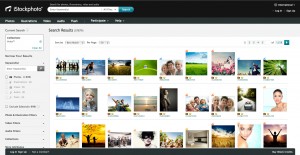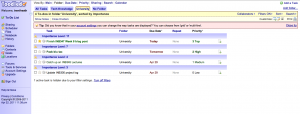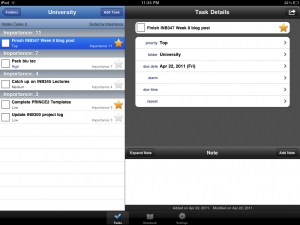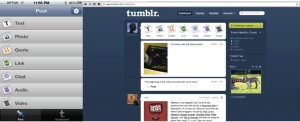I happened to be watching Channel News’s 6pm Brisbane bulletin on Tuesday and a story caught my eye – a report popped up talking about a web app called RateMyTeacher and how various stakeholders (schools, teachers, education unions and students) are reacting. The overall reaction was very negative from the viewpoint of institutions (clearly students were having a positive one from the gaps in the story, thank you mass media).
While the theme of the story seemed to generally support the cause of the institutions and organisations just mentioned, I think these institutions are missing out on key learning. As with any adverse situation, a threat can be turned into an opportunity, but it is too easy to see the issue as bad and simply shut down in the face of slight adversity.
After a bit of study in IT at the Queensland University of Technology and a bit of experience at this institution, its clear to see a number of things that the above mentioned institutions could learn:
- Teachers and education institutions are no longer in a protected environment – they are now in the world of commercial organisations on the web
- You can’t hide on the web – you need to be open and ready to react
- You can learn from your people and your customers – have a way to listen to them and genuinely act on their feedback
Addressing the first point here – it has long been known that most of the content about a company on the Internet is not written, let alone controlled, by this organisation. In a book I am currently reading, What Would Google Do by Jeff Jarvis, Jeff talks about how easy it is for people to write about your company. And we know that a dissatisfied “customer” (students and their parents are education departments’ customers) will tell anyone and everyone about their experience. Like any incorporated business before them, governments can no longer hide from people’s feedback. Its a powerful tool for an education department’s customers to communicate with their customers. There might be something horribly amiss and the customer has no way to report. But they may also be giving a compliment. You need to take the good with the bad and be prepared to manage all situations with panache, not by hiding in your shell and becoming defensive (as is the case with the story I saw).
This leads me to the second point – you have to be open. In the book by Jarvis (see above) he talks about how Dell turned a PR nightmare into one of the best things to happen to the company. Ever. They were hit by a blog storm from unhappy users finally giving up on Dell Support and expressing their true feelings about the company openly for everyone to hear. The company was hit hard. But they didn’t just sit around, complain, close up and become defensive. Dell turned this threat into an opportunity by starting their own blog and started communicating with these unhappy users. And they did this with good intention and good execution. They were forthcoming and honest. And they listened. it worked. The company made a full recovery and gained market share and brand equity from the change.
It’s time for governments and education institutions to stop shielding themselves in politics and red tape. The Internet is even too open for you to control the message, so get in there and manage it the best you can. In the case of RateMyTeacher, the government and education organizations (including the unions) need to open up and talk to their dissatisfied customers. Turning the discussion into an honest two way exchange can create a lot of value for the parties involved. By actually making a concerted effort in engaging with customers, the government and the education organizations embroiled can start to understand and control the situation, which is their fundamental need.
Finally, if these organizations really want to get the issue under control, they need to do something about it themselves. My idea seems crazy – create their own version of RateMyTeacher. But hear me out. At QUT, we undertake a survey every semester called the Learning Experience Survey (LEX). This is an opportunity for every student to have their say about each of their units and the teaching staff attached. Students are given control over the feedback. And while you may think students who hold a vendetta against an academic abuse the service, this doesn’t hold true in reality. Given the responsibility, student feedback is constructive (as a staff member at QUT, I hear this side of the story; on that note, I should also disclaim this post as supporting any of views of QUT. I’m writing this from my own opinion, experience and knowledge). Academics love it; it helps them learn, grow and improve their units for the next intake of students.
This kind if service is something I would have loved to have had access to at school. I had wonderful teachers, and my feedback would have been overall positive, but I would have loved to have provided anonymous feedback about content and teaching style from time-to-time. Given this tool, I know students would engage more and everyone, students, teachers and supporting staff, could learn a lot from just listening to their customers – a basic of marketing. With a little Web 2.0 magic, this kind of service would be extremely straightforward and inexpensive to implement in schools nationwide.
While I am not defending students posting slander in anyway (that is a separate issue which would be interesting to visit soon), education departments and unions are missing an opportunity to improve their fundamental services by shutting down in the face of this (slight) adversity. By leveraging adversity and changing a threat into an opportunity with a little Web 2.0 and Gen Y nous, there is a way to incorporate student feedback into the improvement of learning experiences and environments. That is something, I think, we can all agree is the mission of education institutions.




